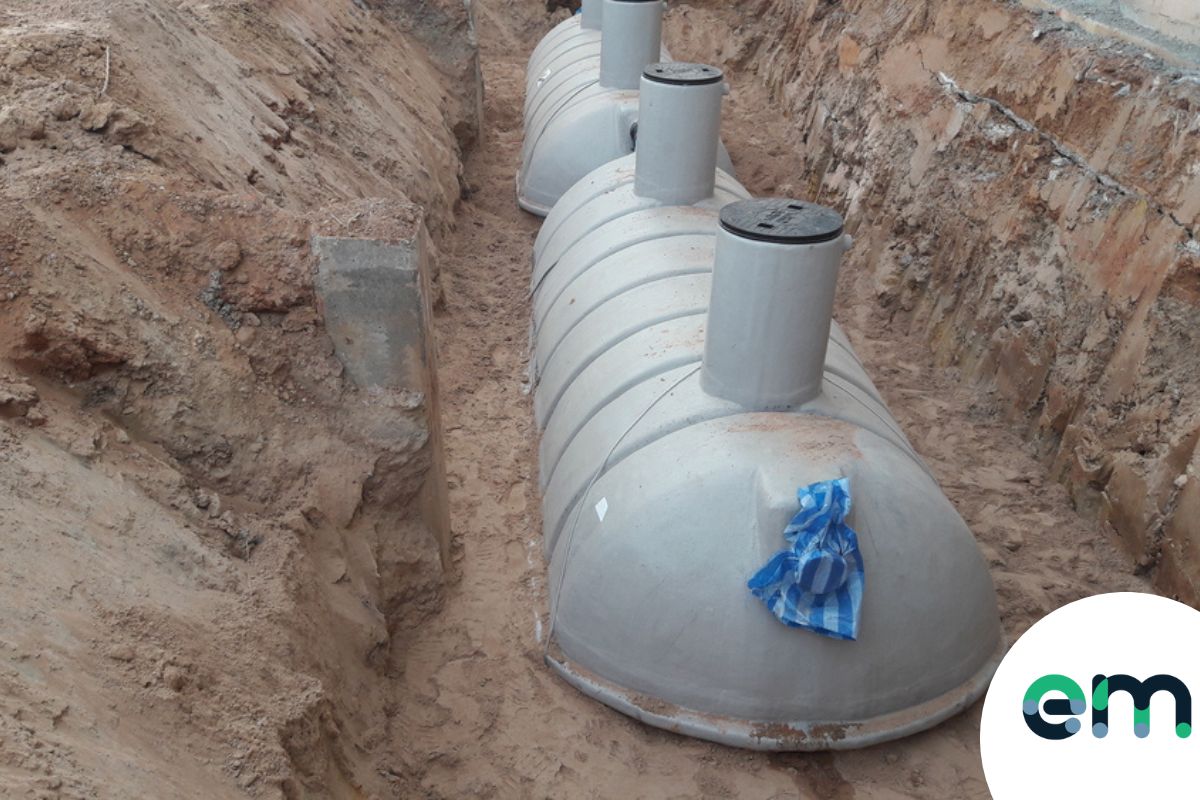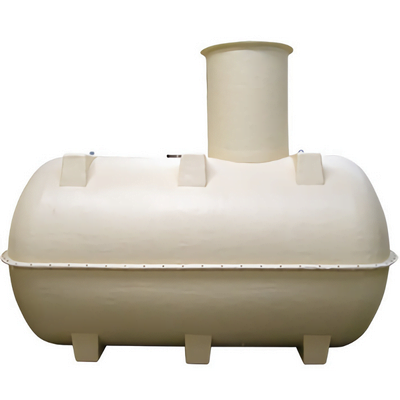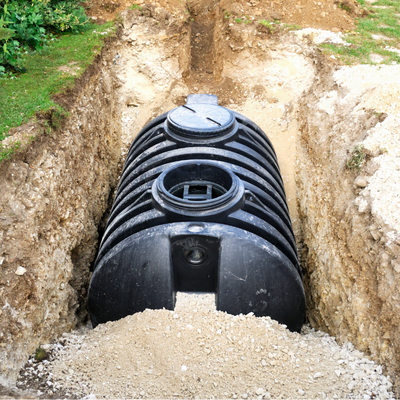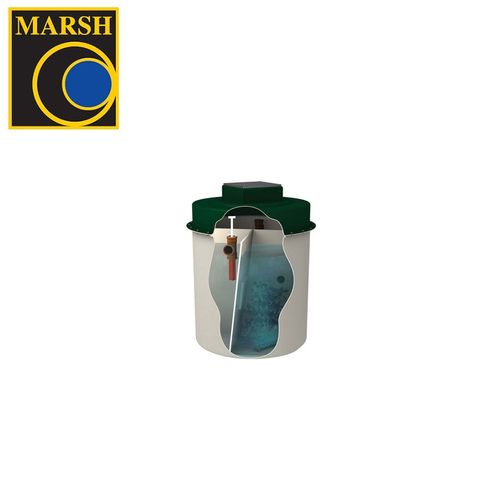No products in the basket.
Blog
Key info – Cesspool, Septic Tank and Sewage Treatment Plant
Cesspools, sewage treatment plants and septic tanks are built to take and hold sewage waste and excrement water. You would look to use one of these options as a waste management method when there is no option for connection to an alternate drainage or sewer system. However, all the systems operate in a different way and it’s about choosing the one that is most appropriate for you and your situation.
Septic tanks are built to let wastewater flow towards a leach field, also known as septic drain fields, where it will go through a filtration process. Whereas a cesspool is a pit that is usually built using concrete or rocks to line the sides and is not able to filter any waste. Furthermore, cesspools can eventually lead to soil pollution. A sewage treatment plant has a series of chambers in order to treat the waste that enters the tank.
So now the basic information is down we can look further into each other!
What is a cesspool?
You can think of a cesspool as a holding tank. When a cesspool is constructed, it is only built with one inlet pipe to allow all the waste that comes from the property to be held within the tank. This method dates back as far as the Romans and has been used for centuries. A cesspool is a concrete hole with perforated walls to allow for the waste and filth to drain away into the surrounding soil!
There is no treatment given to the waste disposal pit, which is the primary difference to remember between all three of the methods that we are going to be speaking about. As time passes and more waste is transferred into the tank itself, you will have to think about getting it emptied. The best way to go about this is to get a sewage disposal tanker to regularly come and empty the cesspool. How often this is done is entirely dependent on how many people the cesspool will be catering for and how big it will be.
Key points to remember about cesspits:
- A cesspit is a fully sealed wastewater solution.
- Cesspits must be emptied regularly for optimum performance.
- A cesspit does not treat or break down foul water.
- Cesspits do not connect to any other type of underground drainage system.
- This method of drainage can be very useful for properties that are not connected to the main sewer.
What is a septic tank?
If you are looking for the step up from a cesspool, then a septic tank is going to be your best bet! The modern style of septic tank has been around for roughly 100 years so it’s tried, tested and proven to work! It has become increasingly popular due to its eco-friendly nature as a product and all around convenience.
Septic tanks have both an inlet and an outlet that both connect to pipework. There is a wall partitioning the tank. This is known as the baffle. The reason for this is to keep and get rid of solids within the primary chamber of the tank, while unwanted effluent and fluids can move and flow into the secondary chamber of the unit. After this has occurred, the effluent is gotten rid of from the septic tank and taken towards a soakaway crates system. If the septic tank is maintained and kept to an adequate standard, then there should never be any sludge or scum that breaks free from the tank.
If you are looking for regulations on septic tanks, then you can find them in another one of the blogs here!
Key things to remember about septic tanks:
- Septic tanks can be a more cost effective option for drainage in comparison to building long sewer lines etc.
- The septic tanks are durable and resistant, providing that they are well maintained.
- Septic tanks are also good for preventing harm to the environment. They do not allow the water supply to become contaminated in any way.
- If you opt for a septic tank, you must be prepared to maintain it. For example, every three to five years they should be pumped.
- The septic tank can provide decades of dependability when it comes to soul drainage solutions.
What is a sewage treatment plants?
Similarly to the septic tank, a sewage treatment plant also has an inlet point and an outlet point with two chambers. The first chamber, also known as the primary chamber, is in place to store all of the waste coming directly from the property. From here, it moves to the second chamber. The secondary chamber has the important role of actually treating the wastewater. This occurs when a sewage treatment system breaks down the solids by allowing oxygen into the system. The reason for this is because when oxygen is brought into play it enables the bacteria to stay alive. Due to this, the bacteria speeds up the rate at which the solids are broken down.
After this, the sewage that is treated is discharged from the tank, usually into a soakaway system. If it is allowed, it may also be sent onto a watercourse as the sewage water will be treated to a point where it is safe to do so and it won’t cause any damage to the watercourse. In terms of actually emptying the treatment plant, this can be done once every 12-18months.
Key things to remember about sewage treatment plants:
- Sewage treatment plants have the ability to rid potential diseases and kill harmful organisms through the filtering places.
- Cost effective. Sewage treatment plants are extremely cost effective due to how long they last.
- The sewage treatment plant has the ability to break down solids at an exceptional speed in comparison to other sewage treatment options.
- Little maintenance is required. The treatment plant will need de-sludging approximately every 2 years, possibly even 3, depending on how much it is being used.
A quick roundoff
Hopefully, after reading this blog you have a better idea of what a cesspool, septic tank and sewage treatment plant are and how they differ. The key thing to bear in mind is that there is no one answer for all scenarios and the type of sewage treatment option you will go for will likely depend on your situation. You should always speak to a professional before going ahead and making your own choice about what will work for you. This guide should give you an idea of what best will suit your needs and should give you guidance about what you need to speak to a professional about before purchasing one of the options.
If you have questions, you can contact us any time!




How many years is a brick-lined septic tank likely to last?
Brick-lined septic tanks are generally expected to last around 50 years with good care and maintenance. It is important to keep in mind other factors such as construction methods and materials used also play a part in the longevity of the septic tank.